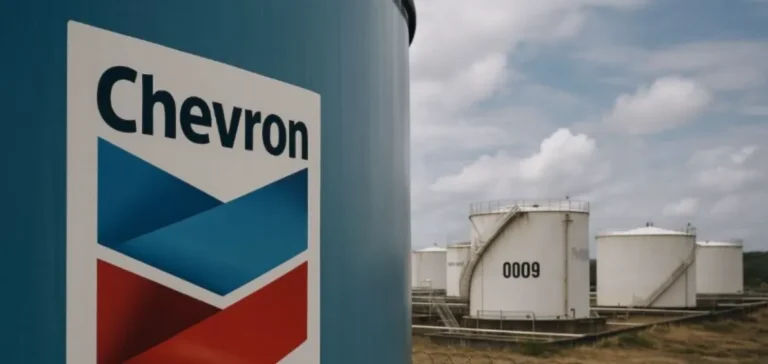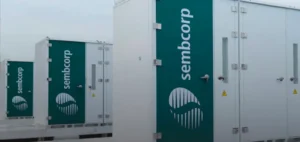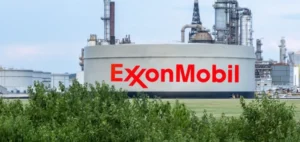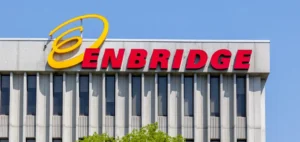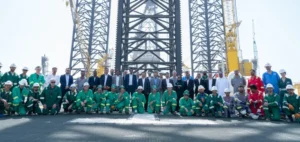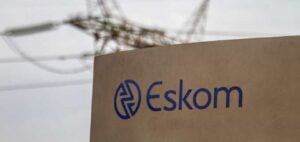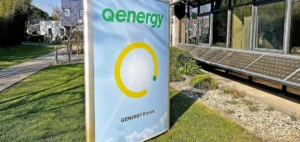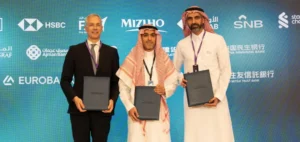Chevron reported a significant drop in its net profit for the second quarter, in a context marked by falling oil and gas prices. Revenue reached $44.82bn compared with $51.18bn a year earlier. Net profit amounted to $2.49bn, down from $4.43bn recorded for the same period last year. According to market expectations, analysts had forecast $43.79bn in revenue and $2.99bn in net profit.
Financial factors and exceptional items
Diluted earnings per share on a comparable basis stood at $1.77, slightly above the consensus of $1.73. Chevron stated that it suffered a net loss of $215mn related to the evaluation of Hess Corporation shares and retirement costs. Asset sales did not fully offset these negative effects. The company also reported a negative currency impact of $348mn, increasing pressure on overall financial performance.
Integration of Hess Corporation and industry dynamics
The completion of the Hess Corporation buyout for nearly $60bn, including debt, was a major event of the quarter. This process, concluded after more than a year of delay due to a dispute with ExxonMobil, strengthens Chevron’s position in the international oil industry. During this period, production in the Permian Basin, located between Texas and New Mexico, reached a record level of one million barrels of oil equivalent per day.
Trends in operational and market indicators
The group’s global production also reached new highs, both in the United States and internationally. Mike Wirth, Chairman and Chief Executive Officer of Chevron, stated that operating cash flow is among the highest for a comparable price level. Before the opening of the New York Stock Exchange, Chevron shares recorded an increase of 0.64% in electronic trading.


